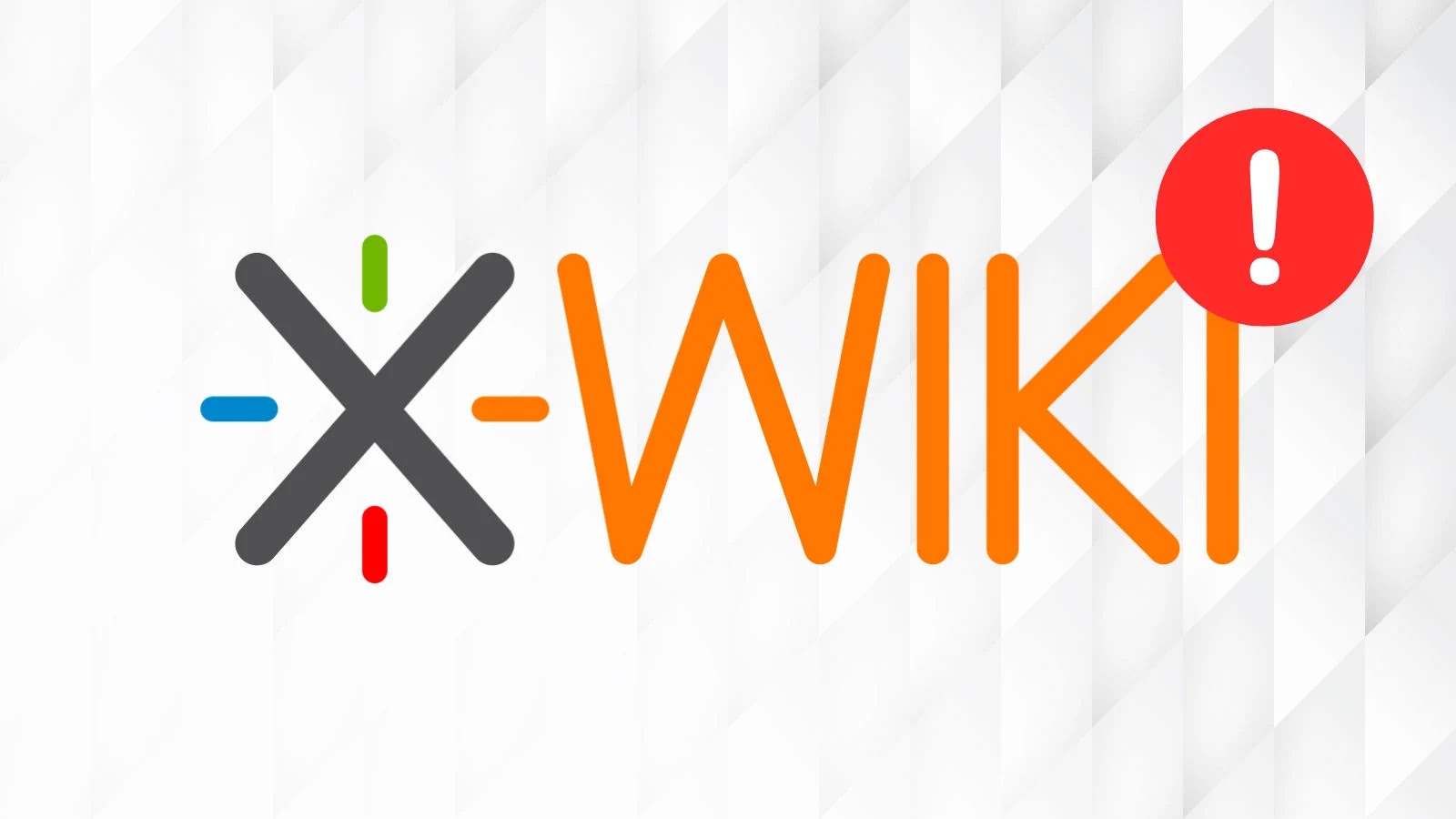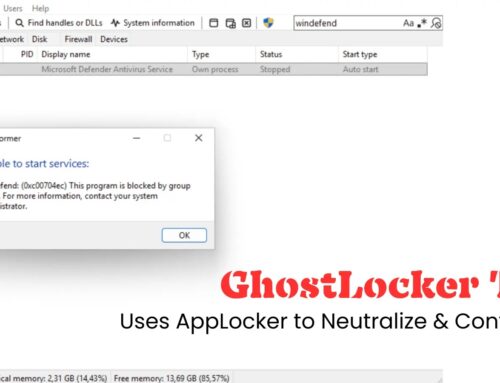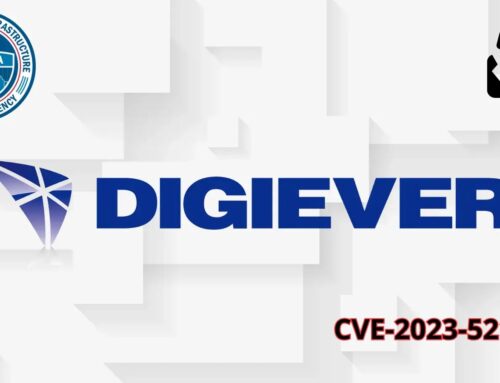
XWiki RCE Vulnerability Actively Exploted In Wild To Deliver Coinminer
In the constant battle to secure digital assets, a new threat has emerged on the radar: a critical Remote Code Execution (RCE) vulnerability in XWiki, a widely adopted open-source wiki platform. This flaw isn’t theoretical; it’s actively being exploited in the wild, enabling attackers to deploy cryptocurrency mining malware on compromised servers. For any organization relying on XWiki, understanding this threat and taking immediate action is paramount.
The XWiki RCE Vulnerability: CVE-2025-24893 Explained
The vulnerability, officially tracked as CVE-2025-24893, represents a significant security bypass. It allows unauthenticated attackers to inject malicious templates and execute arbitrary code on the affected XWiki server. The most alarming aspect is the complete circumvention of authentication, meaning an attacker doesn’t need legitimate credentials to initiate this exploit. This lack of authentication requirement lowers the bar for exploitation considerably, making it a lucrative target for malicious actors.
The mechanics of the exploit leverage XWiki’s template engine. By manipulating the template injection process, attackers can force the server to execute malicious code of their choosing. This could range from system commands to installing persistent backdoors, ultimately granting them full control over the compromised server.
Active Exploitation: The Coinminer Threat
Evidence suggests that this RCE flaw is actively being exploited to deliver cryptocurrency mining malware, commonly known as coinminers. Once a server is compromised, the attacker installs software designed to illicitly mine cryptocurrencies using the server’s processing power. This not only consumes significant CPU and memory resources, degrading performance and potentially causing service disruptions, but it also increases operational costs due to higher electricity consumption.
Beyond resource consumption, the presence of a coinminer is often a precursor to more severe attacks. An attacker who has achieved RCE can just as easily deploy ransomware, steal sensitive data, or use the compromised server as a pivot point to launch further attacks within the network.
Who is Affected?
Any organization utilizing XWiki as its wiki platform is potentially at risk, especially those running outdated or unpatched versions. The broad adoption of XWiki across various industries makes this a widespread concern. System administrators and security teams responsible for XWiki deployments must prioritize mitigation efforts to prevent falling victim to these active exploits.
Remediation Actions
Immediate action is required to protect XWiki instances from CVE-2025-24893. Organizations should implement the following steps:
- Patch Immediately: The most crucial step is to update XWiki to the latest patched version as soon as possible. Follow XWiki’s official security advisories and patching instructions.
- Network Segmentation: Isolate XWiki servers into a dedicated network segment with strict access controls. Limit outbound connections to only what is absolutely necessary.
- Monitor for Anomalies: Implement robust logging and monitoring for unusual activity on XWiki servers. Look for spikes in CPU usage, unexpected network traffic, and new or modified files in critical directories.
- Web Application Firewall (WAF): Deploy a WAF in front of your XWiki instance to detect and block malicious requests, including attempts at template injection.
- Regular Backups: Maintain regular, off-site backups of your XWiki data. This is crucial for recovery in the event of a successful compromise.
- Security Audits: Conduct periodic security audits and penetration tests on your XWiki deployment to identify and address potential weaknesses proactively.
Detection and Mitigation Tools
Leveraging appropriate tools can significantly aid in detecting and mitigating this RCE vulnerability.
| Tool Name | Purpose | Link |
|---|---|---|
| Nessus | Vulnerability Scanning & Patch Management Verification | https://www.tenable.com/products/nessus |
| OpenVAS | Open-source Vulnerability Scanner | https://www.greenbone.net/en/community-edition/ |
| ModSecurity | Web Application Firewall (WAF) | https://modsecurity.org/ |
| Snort / Suricata | Intrusion Detection/Prevention Systems (IDS/IPS) | https://www.snort.org/ / https://suricata-ids.org/ |
| OSSEC HIDS | Host-based Intrusion Detection System | https://www.ossec.net/ |
Conclusion
The active exploitation of CVE-2025-24893 underscores the critical importance of timely patching and proactive security measures for all web applications, especially open-source platforms like XWiki. An RCE vulnerability that bypasses authentication is a severe threat, and its use in deploying coinminers highlights the immediate financial motivation for attackers. Organizations must prioritize patching, enhance monitoring, and implement defense-in-depth strategies to safeguard their XWiki instances and broader digital infrastructure from this clear and present danger.





